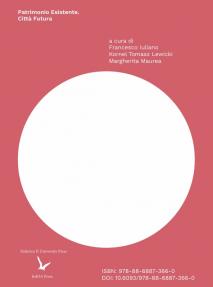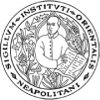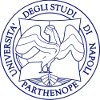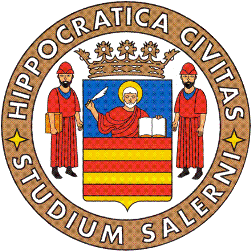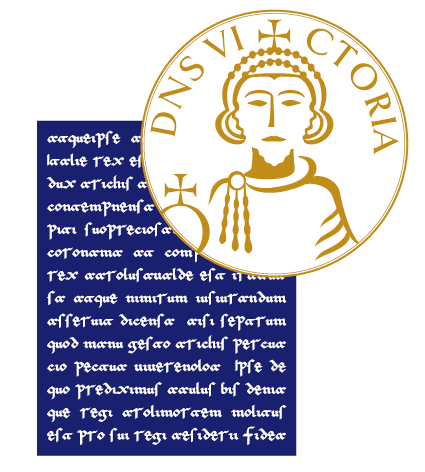Existing Heritage. Future City
Keywords:
Existing Heritage, regeneration strategies, interdisciplinarity, architectural designSynopsis

Publisher: FedOA - Federico II University Press
Series: TeA / Teaching Architecture
Pages: 216
Language: Italian
Abstract: This volume presents the outcomes of three theses in Architectural and Urban Design, defended in the 2023/24 and 2024/25 academic years within the Master’s degree in Architecture (Arc5UE) at the Department of Architecture, University of Naples Federico II. At the core of the discussion is the transformation of existing heritage as a strategic tool for urban regeneration. Each project tackles a specific typology — silos, barracks, cisterns — structures originally conceived to contain goods, people, or water, which today are opened to new purposes, becoming spaces for community life, housing, culture, and production.The design approach transcends the scale of the standalone building to establish relationships at the neighborhood and city scale: physical restoration intertwines with social, cultural, and economic dimensions, healing the fractures caused by disuse and abandonment. Thus, existing heritage is reinterpreted as true design material, capable of generating new urban scenarios where historical continuity and formal innovation converge.The volume therefore positions itself as an observatory of the multiple trajectories urban regeneration can assume: it demonstrates how design, as a critical-operational device, can restore centrality to marginalised urban fragments, converting temporary voids into strategic hubs of connection and exchange. From this perspective, the adaptive reuse of former silos, barracks, and cisterns becomes a paradigm of regenerative continuity, capable of reinventing the ordinary and reshaping the future of contemporary cities.
Downloads
